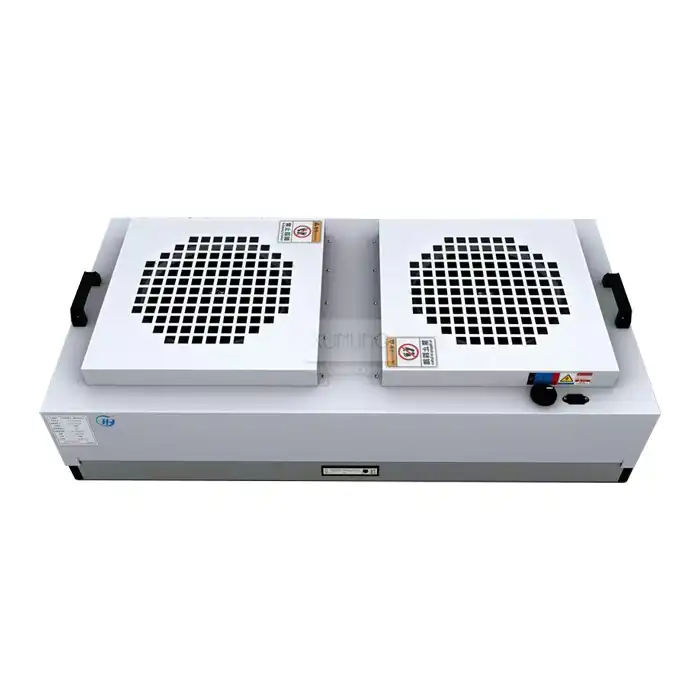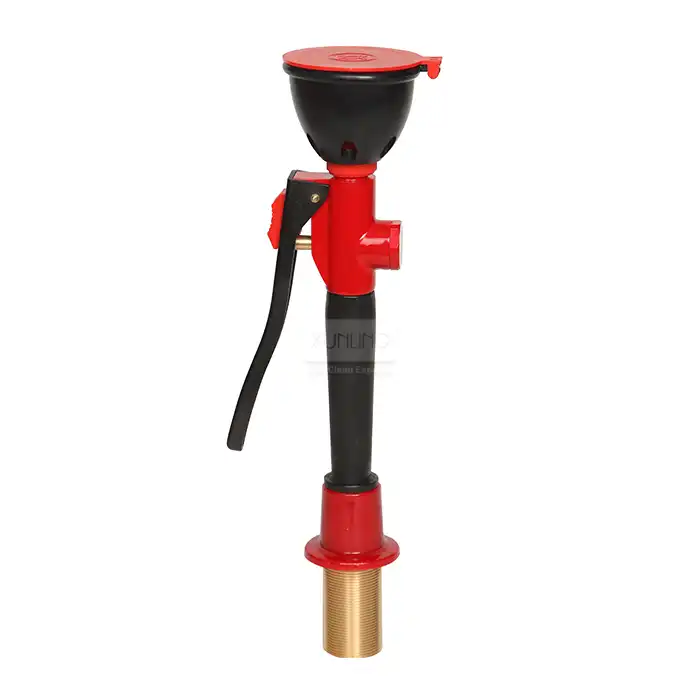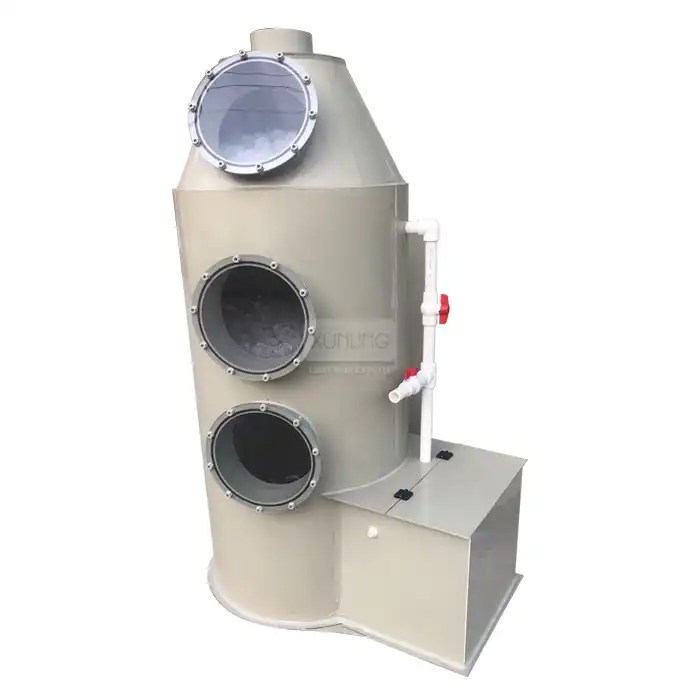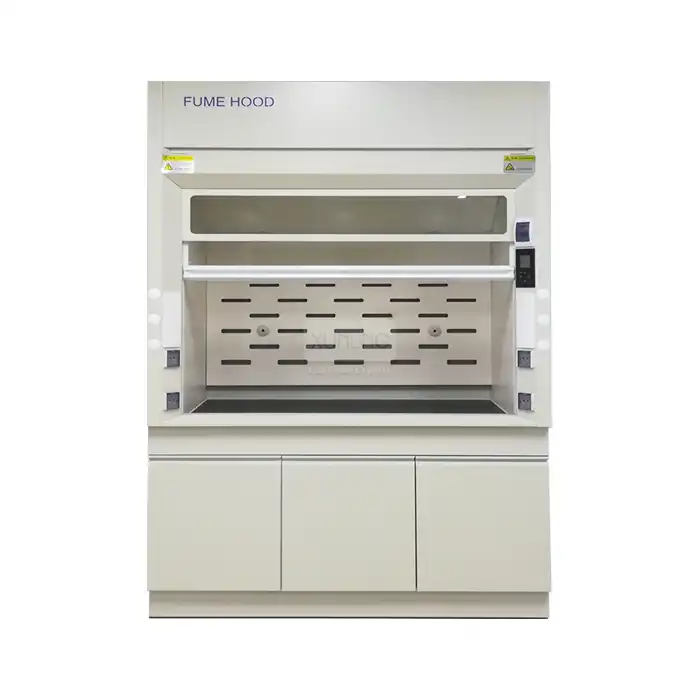
7 Critical Features of a High-Performance Class III Biological Safety Cabinet
2025-08-26 15:56:35
When working with the most dangerous biological agents known to science, laboratory professionals require the ultimate level of protection that only a Class III Biological Safety Cabinet can provide. These sophisticated containment systems represent the pinnacle of biosafety engineering, offering complete isolation from the most hazardous pathogens including those that are highly infectious, aerosol-transmissible, or potentially lethal. Understanding the seven critical features that define a high-performance Class III Biological Safety Cabinet is essential for laboratory managers, researchers, and safety professionals who must ensure absolute containment while maintaining operational efficiency. From total environmental isolation to advanced filtration systems, each feature plays a crucial role in protecting personnel, preserving sample integrity, and preventing environmental contamination in the most demanding laboratory applications.

Complete Containment and Total Isolation Design
The most fundamental characteristic that distinguishes a Class III Biological Safety Cabinet from other biosafety equipment is its ability to provide complete containment through total isolation design. Unlike Class I and Class II safety cabinets that rely on directional airflow patterns, the safety cabinet class 3 creates an impermeable barrier between the operator and hazardous materials through its gas-tight, welded metal construction. This robust engineering approach ensures that no biological agent can escape the containment area, making it the only acceptable solution for handling BSL-4 pathogens and other extremely dangerous microorganisms. The complete isolation system operates through a sophisticated glove box design that allows researchers to manipulate materials without any direct contact. The class iii safety cabinet features specially designed glove ports with attached heavy-duty gloves that maintain the integrity of the containment barrier while providing sufficient dexterity for complex laboratory procedures. This design eliminates the risk of accidental exposure that might occur with open-front cabinets, ensuring that even the most infectious agents remain completely contained throughout all operations. The cabinet's internal workspace dimensions of 1000×600×600 mm provide adequate room for most laboratory procedures while maintaining the structural integrity necessary for absolute containment.
Advanced Dual HEPA/ULPA Filtration System
The filtration system represents the technological heart of any high-performance Class III Biological Safety Cabinet, with advanced dual HEPA or ULPA filters providing unprecedented air purification capabilities. Modern class iii safety cabinet systems utilize filters with efficiency ratings of ≥99.995% at 0.3μm for HEPA filters or ≥99.999% at 0.12μm for ULPA filters, ensuring that even the smallest viable particles are captured and contained. This dual filtration approach processes both supply and exhaust air streams, creating a sterile working environment that meets ISO Class 5 (Class 100) or ISO Class 4 (Class 10) cleanliness standards. The filtration system maintains precise airflow patterns with average air velocities of 0.35m/s and inlet air velocities of 0.6m/s, creating the optimal balance between containment and usability. The safety cabinet class 3 design incorporates redundant filtration pathways that continue operating even if one filter requires maintenance, ensuring continuous protection without operational interruption. Regular filter integrity testing and replacement protocols maintain the system's efficiency throughout its operational lifespan, while the advanced filter housing design allows for safe filter changes without compromising containment integrity.
Negative Pressure Containment and Pressure Monitoring
Maintaining consistent negative pressure within the Class III Biological Safety Cabinet is crucial for preventing the escape of hazardous biological materials. The cabinet operates at an internal pressure of 125 Pa below ambient atmospheric pressure, creating a powerful inward airflow that ensures any potential breach immediately draws air into the containment area rather than allowing contaminated air to escape. This negative pressure differential is continuously monitored through precision instruments including Magnehelic gauges that provide real-time pressure readings to operators. The pressure monitoring system incorporates multiple safety features including audible and visual alarms that immediately alert users to any pressure irregularities that could compromise containment. The class iii safety cabinet design includes backup pressure sensors and automatic shutdown protocols that activate when pressure levels fall outside acceptable parameters. This multi-layered approach to pressure management ensures that the containment integrity remains intact even during equipment maintenance or unexpected system fluctuations, providing the reliability necessary for handling the most dangerous biological agents.
Ergonomic Design and User Interface Optimization
Despite the stringent containment requirements, modern Class III Biological Safety Cabinet designs prioritize user comfort and operational efficiency through carefully engineered ergonomic features. The cabinet's front panel is specifically angled to allow operators to maintain natural, comfortable postures during extended work sessions, reducing fatigue and improving overall productivity. The glove port positioning and internal workspace layout are optimized based on extensive human factors research, ensuring that users can perform complex procedures without experiencing excessive strain or discomfort. The user interface incorporates intuitive controls and clear visual displays that allow operators to monitor all critical parameters at a glance. The safety cabinet class 3 features enhanced lighting systems providing ≥700Lx illumination levels, ensuring optimal visibility for detailed work while minimizing eye strain. The control panel design follows standard laboratory equipment conventions, allowing users to quickly master the system operation and focus on their research objectives rather than struggling with complex equipment interfaces.
Material Transfer and Decontamination Systems
Safe material transfer represents one of the most critical operational aspects of Class III Biological Safety Cabinet use, requiring sophisticated systems that maintain containment integrity during all transfer operations. The cabinet incorporates specialized pass-through chambers with double-door interlocks that prevent simultaneous opening of both doors, eliminating any potential for containment breach during material transfer. These transfer systems accommodate the double-bagging protocols required for BSL-4 operations, ensuring materials can be safely introduced and removed without compromising the containment barrier. The decontamination system capabilities of the class iii safety cabinet include compatibility with vaporized hydrogen peroxide and other chemical sterilants that can completely sterilize the internal workspace between operations. The cabinet's welded stainless steel construction and specially designed internal surfaces facilitate thorough decontamination while resisting corrosion from harsh chemical agents. UV sterilization systems with 30W lamps provide additional antimicrobial treatment capabilities, while the cabinet's design allows for complete validation of decontamination effectiveness through biological indicator testing.

Environmental Integration and Exhaust Management
High-performance Class III Biological Safety Cabinet installations require sophisticated environmental integration to ensure safe exhaust management and facility compatibility. The cabinet's exhaust system connects to dedicated facility exhaust systems that may include additional HEPA filtration, incineration, or other treatment methods depending on the specific biological agents being handled. The system's maximum power consumption of 0.6KW allows for efficient operation while maintaining the necessary containment performance levels. The environmental integration includes vibration control systems that maintain half-peak vibration levels ≤3μm, preventing mechanical disturbances that could affect sensitive procedures or compromise containment seals. Noise levels are controlled to 58-65dB(A), ensuring acceptable working conditions for laboratory personnel during extended operations. The safety cabinet class 3 design accommodates various facility configurations while maintaining the strict performance standards required for maximum containment applications.
Quality Assurance and Certification Standards
The highest level of quality assurance and international certification compliance distinguishes professional-grade Class III Biological Safety Cabinet systems from lesser alternatives. These cabinets must meet stringent international standards including NSF, EN, and CFDA certifications that validate their performance under the most demanding conditions. The certification process includes comprehensive testing of containment integrity, filtration efficiency, airflow patterns, and structural durability to ensure reliable operation throughout the cabinet's service life. Quality assurance extends beyond initial certification to include ongoing performance validation and maintenance protocols that preserve the cabinet's effectiveness over time. The class iii safety cabinet incorporates advanced monitoring systems that continuously verify critical performance parameters, while comprehensive documentation systems maintain detailed records of all operational and maintenance activities. Professional installation and training programs ensure that users understand proper operating procedures and safety protocols, maximizing both safety and operational efficiency.

Conclusion
The seven critical features outlined above represent the essential characteristics that define a high-performance Class III Biological Safety Cabinet capable of providing maximum protection in the most demanding laboratory environments. From complete containment and advanced filtration to ergonomic design and quality assurance, each feature contributes to creating a comprehensive biosafety solution that protects personnel, preserves research integrity, and prevents environmental contamination. As laboratory biosafety requirements continue to evolve, these critical features will remain the foundation for safe and effective high-containment research operations.
Ready to enhance your laboratory's biosafety capabilities with cutting-edge containment technology? As a leading China Class III Biological Safety Cabinet manufacturer, Xi'an Xunling Electronic Technology Co., Ltd. offers comprehensive solutions backed by decades of engineering expertise and manufacturing excellence. Our position as a trusted China Class III Biological Safety Cabinet supplier ensures you receive premium-quality equipment at competitive Class III Biological Safety Cabinet price points. Whether you need standard configurations or custom solutions, our China Class III Biological Safety Cabinet factory provides flexible China Class III Biological Safety Cabinet wholesale options to meet your specific requirements.
Discover our complete range of Class III Biological Safety Cabinet for sale with industry-leading features including 5-day delivery, 5-year warranty, custom manufacturing capabilities, and comprehensive one-stop service support. Our cost-effective solutions, proven reliability, user-friendly designs, and comprehensive after-sales support make us your ideal partner for advanced biosafety equipment. Contact our experienced team today at xalabfurniture@163.com to discuss your specific requirements and learn how our Class III Biological Safety Cabinets can elevate your laboratory's safety standards while optimizing operational efficiency.
References
1. Richmond, J.Y., & McKinney, R.W. (2007). Biosafety in Microbiological and Biomedical Laboratories, 5th Edition. Centers for Disease Control and Prevention and National Institutes of Health.
2. Kruse, R.H., Puckett, W.H., & Richardson, J.H. (1991). Biological safety cabinetry. Clinical Microbiology Reviews, 4(2), 207-241.
3. Stuart, D.G., Eagleson, D.F., & Springthorpe, V.S. (2003). Survival and transfer of viruses in relation to laboratory containment. Laboratory Animal Science, 53(3), 309-317.
4. Wedum, A.G., Barkley, W.E., & Hellman, A. (1972). Handling of infectious agents. Journal of the American Veterinary Medical Association, 161(11), 1557-1567.
YOU MAY LIKE








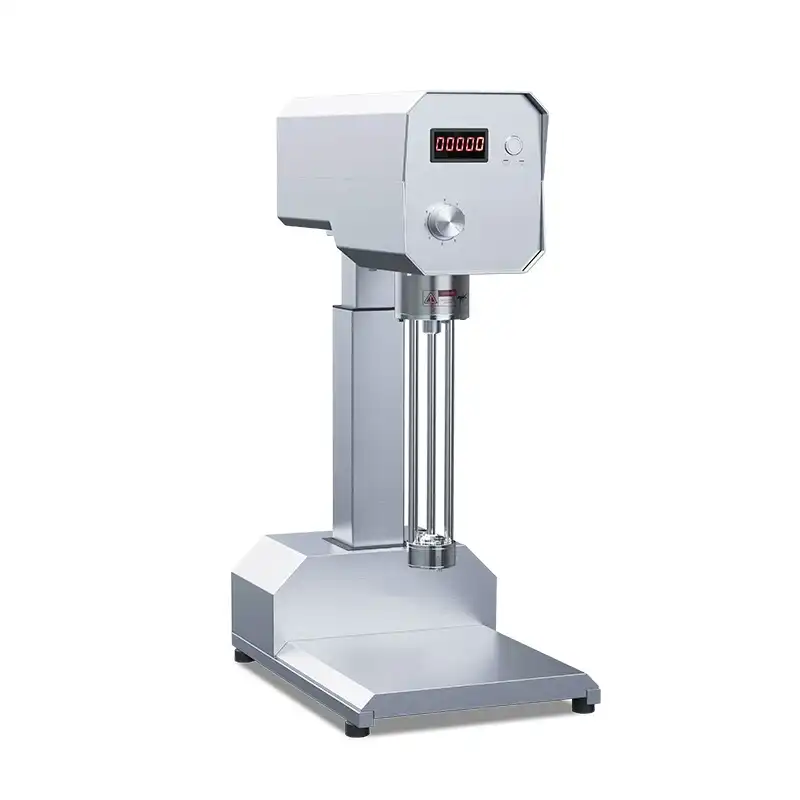
_1741166473547.webp)
